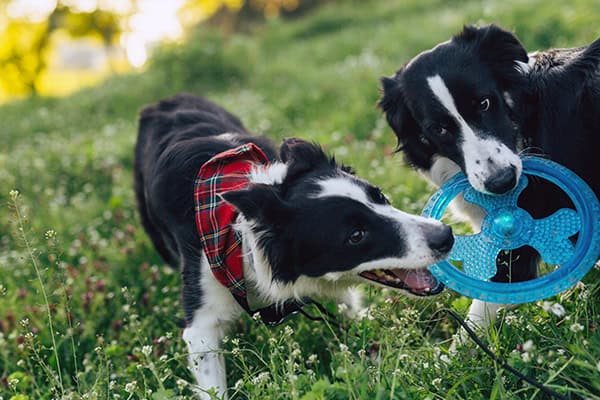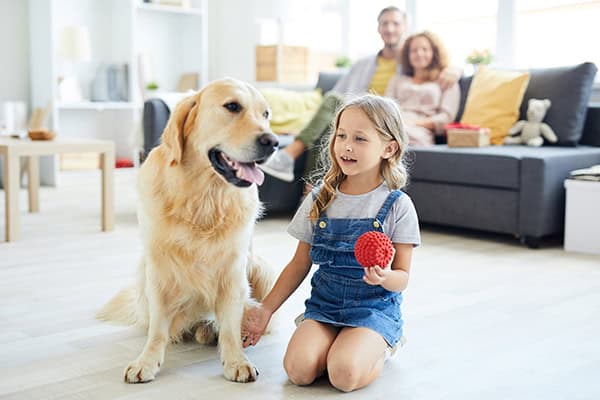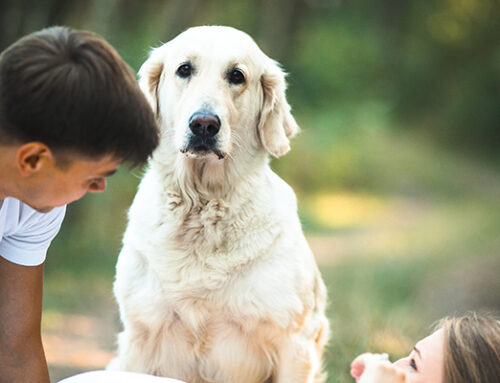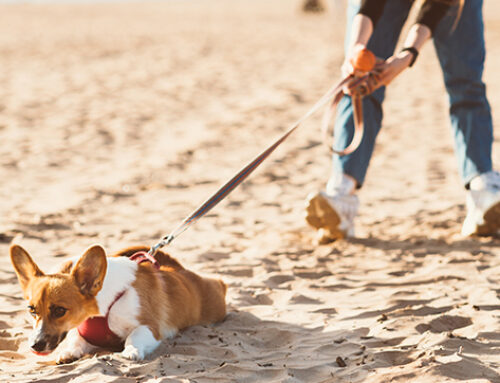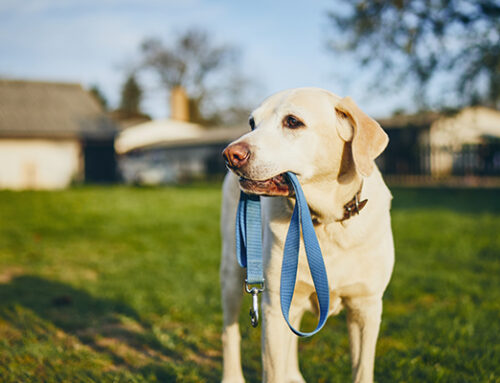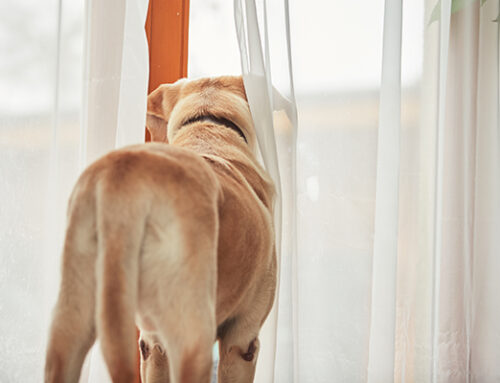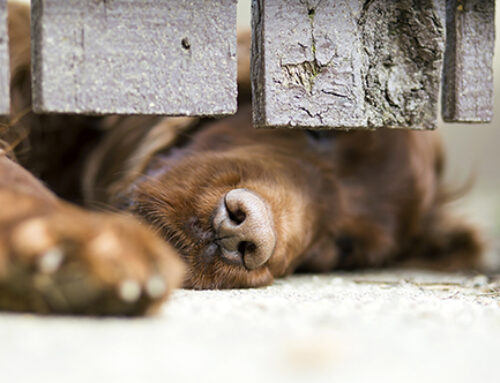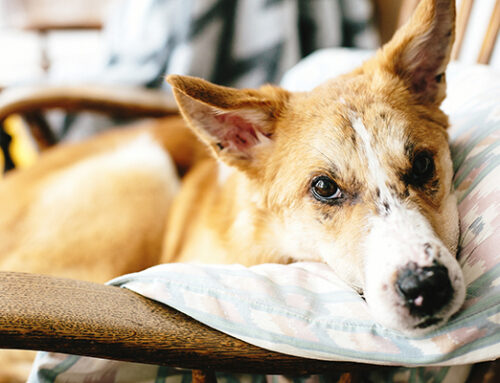Overcoming Fear of Noises

A few years back I got a toaster. When I first brought it out of the box, it had to be run three times in a row to get rid of any chemical residue left over from the factory. I had never had a toaster in my house before, so I didn’t anticipate any issues with its use. However, by the time the toaster had popped for the third time, my oldest dog, Jayda, had become so upset by the sound of it that she ended up a shivering, terrified mess at my feet. In fact, over the next several months it got so bad that as soon as I started pulling food out to make breakfast, a solid 5 – 10 minutes before the toaster was even going to pop, she would run to the door and start shaking.
This is a sampling of how she reacted prior to any training (please note that she was only on leash and being asked to stay in the kitchen for the sake of making this video):
Something obviously had to be done and so we began our journey to fix the problem using a technique called desensitization and counterconditioning (DS/CC).
DS/CC is all about taking something your dog finds scary or unpleasant, allowing the dog to experience it at a low enough intensity and/or for a short enough time that it doesn’t trigger fear or upset and then pairing it with something the dog gets significant enjoyment from. This is done in repeated trials over a period of days or months and in completely manageable doses for the dog until the dog starts to recognize the unpleasant trigger not only as a predictor of the thing they love but they actually grow to feel happy about it!
Think of how Pavlov’s dogs started to associate the bell ringing to mean food was on its way by salivating every time they heard it. DS/CC follows this exact same principle of learning.
In Jayda’s case, I couldn’t figure out any way to make the sound of the toaster popping any milder to her (although I did try), so after two unsuccessful training approaches, I finally came up with the one that worked. Using her love of learning new tricks while earning high valued food rewards was the key to solving our problem.
After close to two dozen training sessions spread out over the course of a few months (I only did the DS/CC training when I was making toast, which wasn’t that often), this is how Jayda’s behaviour changed:
As you can see in the video, when the toaster pops, she actually comes running happily for a cookie! Nowadays, she’s so non-fussed by it that she doesn’t even look up when she’s hears it anymore and carries on resting peacefully.
The bottom line is that it IS possible to help your dog overcome certain noise sensitivities, but in many cases it takes creativity and a lot of patience, time and the right approach to get there.
Until next time,
Darcie Jennings
Watch more training videos on my YouTube page!
Stay connected with us on Facebook

